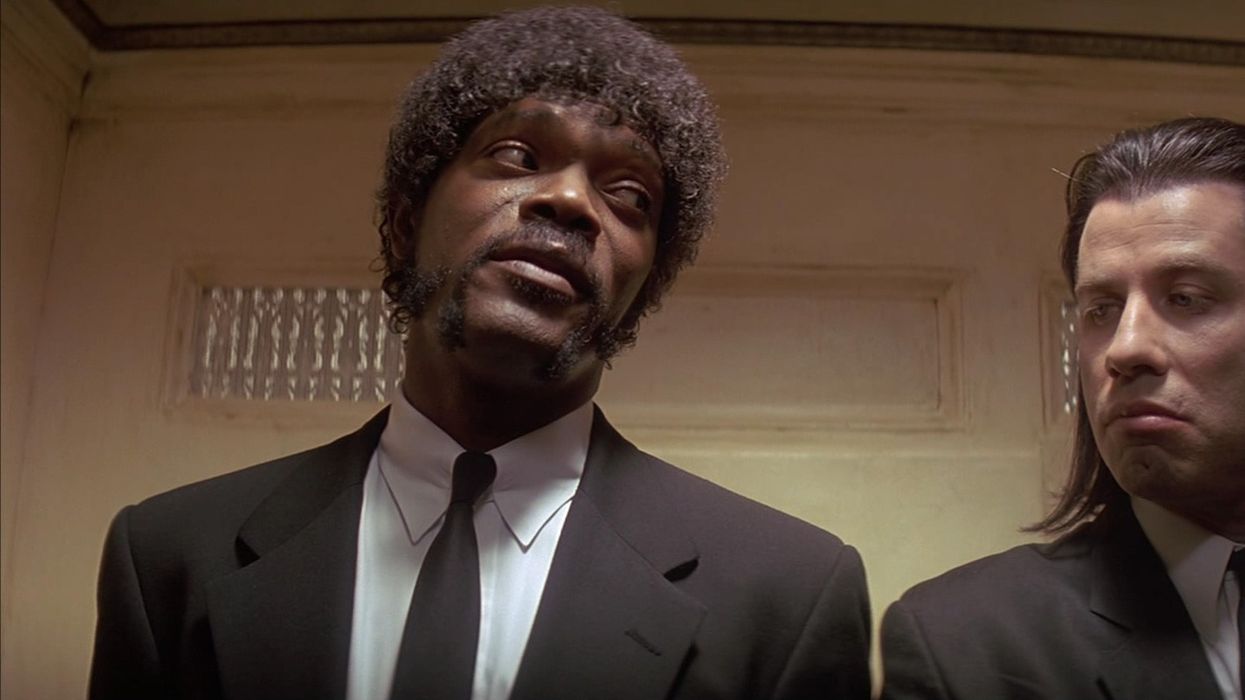These Two Videos Essays Explain How, Why, & When to Use Dialog in Your Film
Writing a screenplay is hard. Writing good dialog is damn near impossible.

Damn near—not completely. A lot goes into crafting decent dialog that sounds fluid, natural, and isn't heavy-handed. Jack Nugent of Now You See It and Lewis Bond of Channel Criswell both tackle this topic in their own video essays, which offer excellent insight into what the purpose of dialog is, when to use it, and how to use it effectively.
There is a lot of advice out there for screenwriters looking to make their dialog better, but what I like about these videos, specifically Nugent's, is that they don't treat dialog as an impediment to the image. Many times we hear "show it, don't tell it," or "don't say with dialog what you can show with images," which, for the most part, is true, but those axioms tend to paint dialog in a negative light—as if it were a lesser art form than cinematography or editing. But dialog, when written well, can add dimension, beauty, and dynamics to a scene that would be impossible with silent mediums.
So, the trick is learning how to write good dialog. What qualities does good dialog have? When should you use it? How much information should be delivered using dialog? Well, there are no hard and fast rules to this.
Some say that using a small amount of dialog is key, because it allows the audience to make inferences using the visuals, sound, and editing, which engages them more in the narrative. Some say that a lot of dialog can be entertaining and economical when it comes to dishing out informationan. (A couple of screenwriters who have built their careers from using this style are Diablo Cody (Juno) and Quentin Tarantino, both of whom won Oscars for their dialog-heavy films.)
So again, there are no hard and fast rules in screenwriting, but I know that I personally love writing tons of dialog—but I also love silence. Finding out how to temper my narrative with the right amount of dialog and silence is the battle I always find myself facing as a screenwriter, and really, it all depends on the story you're telling. In the end, it's all about finding balance, where the dialog doesn't distract from the visuals, and the visuals don't distract from the dialog—and where neither distract from the story as a whole.
Source: Go into the Story










![Ethos, Pathos, Logos: 20 Effective Ways to Advertise [Infographic]](https://nofilmschool.com/media-library/ethos-pathos-logos-20-effective-ways-to-advertise-infographic.jpg?id=34064614&width=600&height=600&quality=90&coordinates=560%2C0%2C0%2C0)

